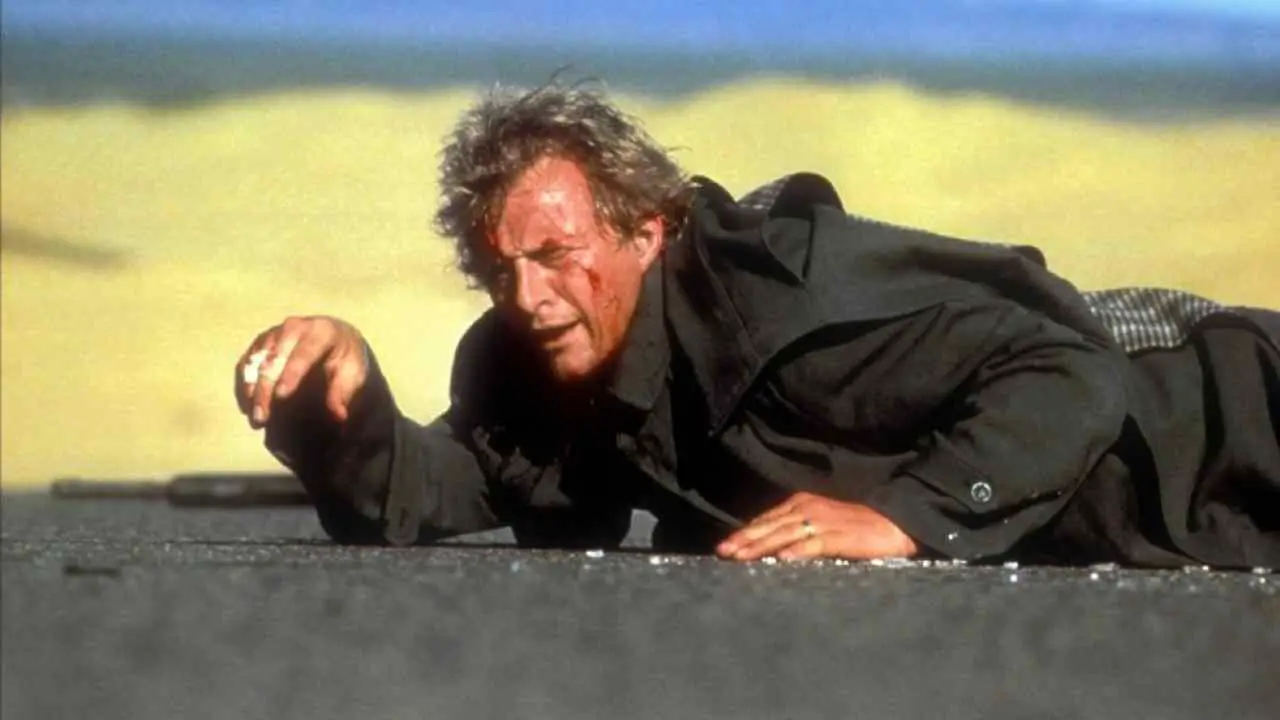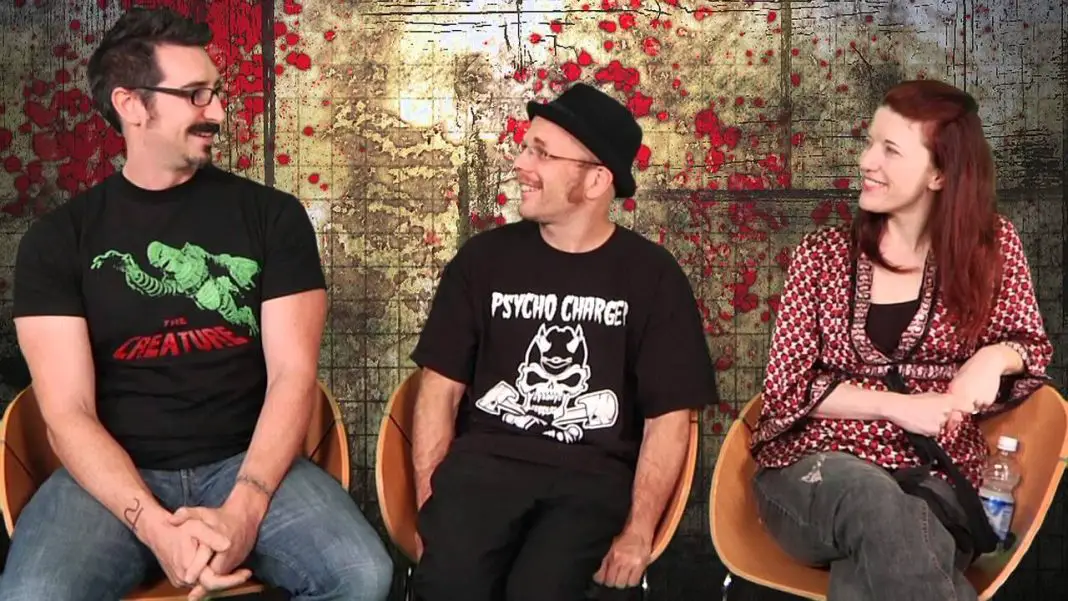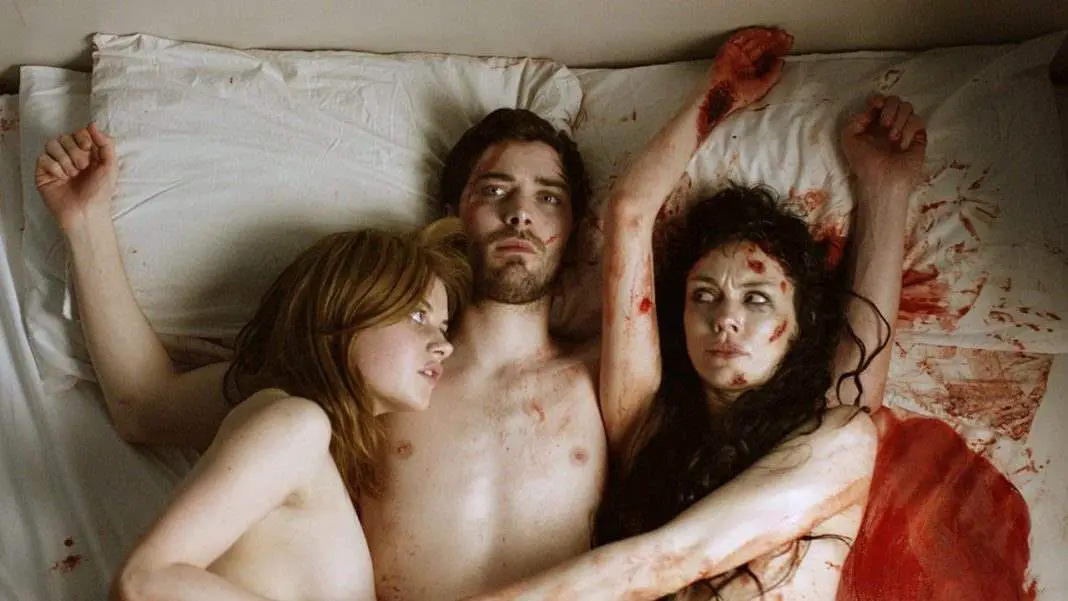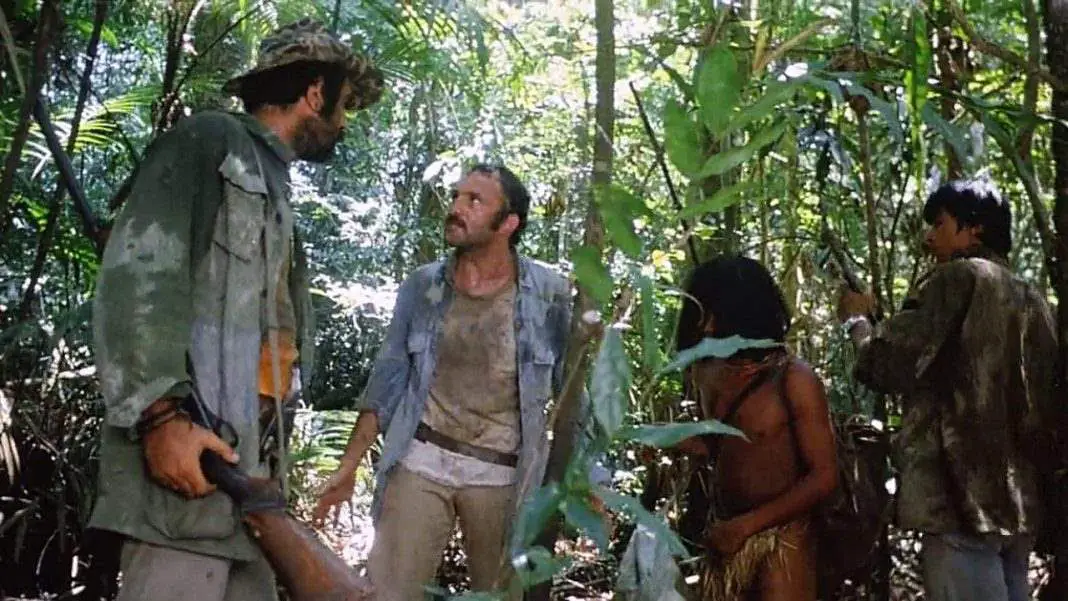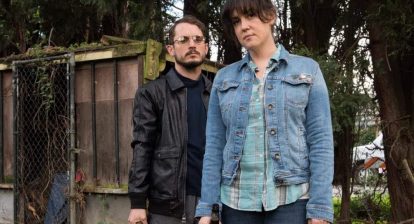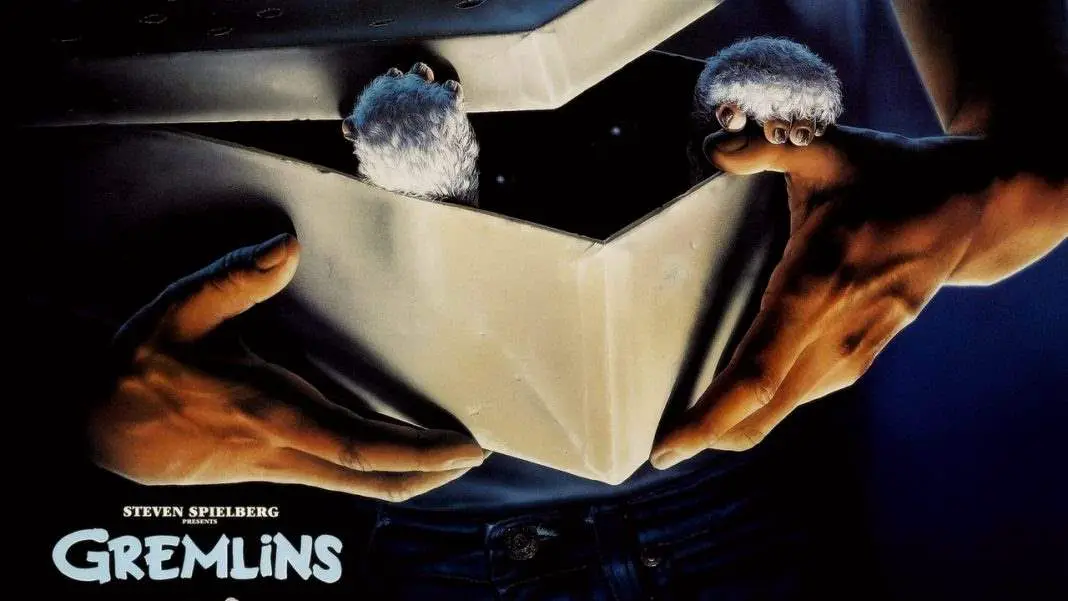1986 was a really good year for horror. It gave us some of the best fun, witty, smartly balanced horror comedies of the decade with Night of the Creeps and Friday the 13th Part VI: Jason Lives. But it also gave us some truly seminal genre work as well. One of the best of them—in fact, I think it’s one of the best horror movies of its decade—is The Hitcher.
This movie impressed the hell out of me right from my first viewing. I was lucky enough to watch it right after the release of the remake, but without seeing the remake first to affect my judgment of the original. I know that’s happened for a lot of people. The remake retreads the first so closely that it can be hard to distinguish between the two. So I’m very grateful that the first time I saw it, I was allowed to see it on its own merits. I had heard about it for years prior to seeing it, though, probably first encountering it through Bravo’s 100 Scariest Movie Moments special that aired every Halloween.
The clips I saw were strong, but I remained skeptical. My biggest question was how on earth someone could ride around with a psychopath in the passenger seat without realizing they’re a psychopath? I couldn’t see the premise working for a feature. But then I watched it. Right away, I was floored by the lack of buildup. Jim Halsey picks up hitchhiker John Ryder in the very first scene. Probably seconds after that, he wonders if it was a good idea. No more than two minutes later, he’s fearing for his life. Right then, I realized I had absolutely no idea what I was in for. That was my first experience with The Hitcher, which remains one of the most expertly tense films I have ever seen.
Did You Know? Wicked Horror TV Has Classic and Independent Horror Films Available to Stream for Free!
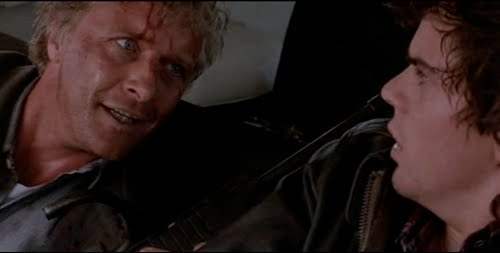
As soon as Jim throws Ryder out of the car, there’s a huge sense of relief for both the audience and the character, even though we’re only about five-minutes into the movie. From there, things only get worse and worse. That, in a weird way, is one of the most endearing things about the film for me: The overwhelming sense of hopelessness. Every time Jim begins to see the light at the end of the tunnel, the idea that this could possibly turn out okay, Ryder shows up out of nowhere to dash those hopes and leave Jim in an even worse spot than he was in before.
There’s been a lot of study on the protagonist/antagonist relationship in this movie in the thirty-years since its release. The villain’s motivation becomes clearer as the film goes on, and it’s an unusual and extremely interesting motivation. It’s something that is set up in the first scene and pays off spectacularly in the last. John Ryder—although that is not his real name—wants Jim to kill him. Period. It’s almost sadistically simple. But he does not want Jim to kill him until Jim is ready to make that choice. Essentially, he won’t let Jim do it until Jim has absolutely nothing else to lose.
Many have focused on the homoerotic subtext between the two characters. That discussion, I think, is very warranted. Ryder is very physical with Jim throughout their interactions, sometimes in a very sensual way, sometimes in an outright sexual way. Jim is uncomfortable with these interactions, which slightly pushes us into the same territory as A Nightmare on Elm Street 2, where the villain represents urges that the protagonist may not want to admit to. Of course, he could also just be uncomfortable with this man’s hand on his thigh because this is the person who’s bisecting women and destroying his life.
There’s also the theory that Jim and Ryder are actually the same person, and that they are collectively on a suicidal self-destruct mission. It works if you apply the same unreliable narrator logic that you need to apply to a film like High Tension. You could easily read this as one man’s chaotic, nihilistic quest to end his own life.
But the very fact that there are so many theories and different readings of this film only prove how good it is. Whether you sit down and analyze it or just watch it for the unbelievably intense thriller it is, The Hitcher is a rewarding experience. It’s expertly directed, Eric Red’s screenplay is chilling, and the performances are phenomenal. Even with films like The Outsiders under his belt, this might be the best acting C. Thomas Howell has ever done. Jennifer Jason Leigh is also great, stepping in to ease the testosterone and add a much needed third voice to the narrative, not to mention a level head. She’s a likable character, which is important. We care what happens to her.
Also See: Seven Minor Characters Scarier Than Their Own Movie
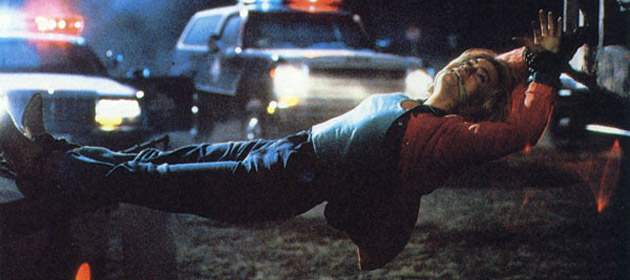 Of course, Rutger Hauer steals the show, as he almost always tended to do. This time, he’s giving one of the best villain performances in history. This character is as sociopathic as he is apathetic. He cares about nothing, yet at the same time he is so specifically motivated. John Ryder has an end goal in mind and everything he does in the film is to achieve that goal. He makes no excuses for himself and his past remains a complete and total mystery, making him all the more terrifying.
Of course, Rutger Hauer steals the show, as he almost always tended to do. This time, he’s giving one of the best villain performances in history. This character is as sociopathic as he is apathetic. He cares about nothing, yet at the same time he is so specifically motivated. John Ryder has an end goal in mind and everything he does in the film is to achieve that goal. He makes no excuses for himself and his past remains a complete and total mystery, making him all the more terrifying.
The cinematography is also a major star of the film and I don’t hear it discussed all that much, which is a shame. It would be a very different movie if it looked any different. Few Southwestern horror features—and there are a surprising amount—have made such effective use of the desert landscape. Those long, wide, empty shots of Jim, a small figure navigating empty deserts or huge rocks; these are what sell his isolation and desperation more than anything else. We understand exactly how alone he feels when we see him surrounded by nothing at all.
The Hitcher is not typically referred to as a classic as often as the likes of The Texas Chain Saw Massacre or Alien, but it has certainly earned its place as one. It’s a movie that’s as impactful and suspenseful as it was when first released. If there’s anything that defines a film as a classic, it’s that.
